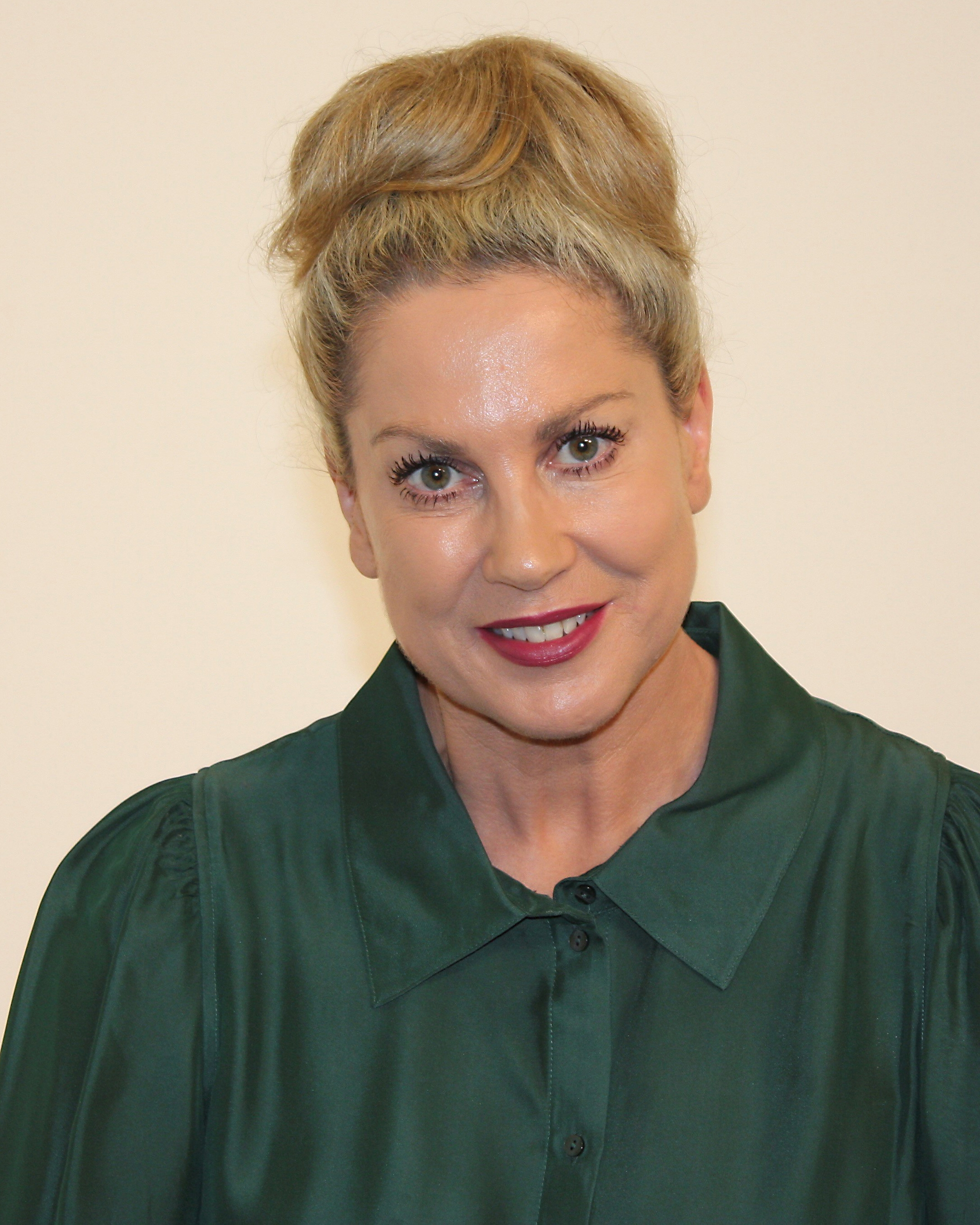Author: Dr Virginia Munro

The future of social responsibility (SR) – for small to medium sized businesses – and the evolution of corporate social responsibility (CSR) for larger firms – is crucial as we continue to navigate a world engulfed by COVID within a setting of rapid and escalating climate change.
With public 'trust' shifting away from governments to businesses (Edelman, 2021), business leaders must now take the baton and run fast. Very fast. Businesses together must lead in solving society's most wicked challenges, both social and environmental, and make sure this reflected in policy to create systems change at the highest level of government, to ultimately transform our current natural and man-made ecosystems.
As part of this transformation, businesses must look 'beyond profit' only based scenarios (Munro, 2020a). The academic literature acknowledges this trend. For example, García-Sánchez & García-Sánchez (2020), refer to the equilibrium of profit and common good (pp.1). It’s my belief that this type of 'equilibrium' will be the single most important strategy for planet survival. Businesses must expand their social and environmental initiatives to 'partner' with: Shared Value (Porter & Kramer, 2011); Integrated Value (Visser & Kymal, 2015); and Transformed Value (Munro, 2020b) models and frameworks (also referred as CSV, IVC and CTV, respectively).
It’s my belief that this type of 'equilibrium' will be the single most important strategy for planet survival
Recently CSR guru, Carroll (2021) quoted my research in his article on CSR perspectives, mentioning – 'In a proposed CSR 4.0 framework, Munro (2020) argues for changing the way organizations and companies operate and do business within an evolving CSR framework and shared and integrated setting' (Munro, 2020a, pp. 217–219, cited in Carroll, 2021, p.13).
Here Carroll is referring to my Creating Transformed Value (CTV) approach (Munro, 2020b). This approach provides a ‘systems approach’ and works toward deep transformation. CTV is covered in my new book: CSR for Purpose, Shared Value and Deep Transformation, More specifically, chapter 6 summarises this transformation and the evolution of CSR 1.0 to CSR 4.0.
'The overall theme for CSR 4.0 is to embrace "purpose" within a deeply transformed value system (CTV). In doing so, it must also embrace innovation, inclusion, collaboration, cocreation, and engagement, in a shared,& integrated, and deeply transformed networked system, which is sustainable, Global Goal related, agile, measurable, authentic and systems oriented, with a circular social and environmental mission at its core"' (Munro, 2020b, pp. 219).
To understand this evolution, chapter 1 of my book explains the development of many concepts and alternative and complimentary terms and themes for CSR. The emergence of the use of CSR Social Initiatives (SIs) and social projects in case studies and formal academic research is discussed in chapter 2, alongside the purpose and current status of the global sustainable development goals (SDGs) in chapter 3. The theme of creating shared value (CSV) is discussed in chapter 4 across business and community perspectives as well as the current academic literature in relation to CSR. Chapter 5 examines Innovation, Intra/Entrepreneurship and solutions to wicked challenges across CSR and CSV, and Integrated and Transformed value toward the future of CSR within a new ecosystem is covered in chapter 6.
The deep transformation discussed in chapter 6 explains the 'commitment' and 'responsibility' required – and how this is embedded in a new framework. This new framework – the DIIP-SSMC – allows CSR 4.0 to 'partner' with the above themes to ‘create transformed value’ (CTV) across eight fundamental principles. The DIIP-SSMC first lists the deep transformation required (the output), and then works backward to explain the methodology to obtain it (the inputs):
- Deeply transformed and networked: in a new ecosystem – A network of organisations with multi-layered collaborations in a newly transformed system. This intricate and detailed network involves CSR 4.0 as part of a new system, a new ecosystem, and a new way of doing business for Globalisation 4.0, which encourages integration of (all) systems, networks, and (a) deeper transformation
- Identification, engagement, and co-creation: with all ‘stakeholders’ – To leave no one behind – all participants in the organisation and surrounding community are involved in ‘identifying’ social initiatives (SIs) and social projects – and are ‘engaged’ in co-creation and innovative exercises to identify and implement SIs and social projects
- Innovation, inclusion, and collaboration: with all partners – An evolved CSR which is more ‘innovative’– focusing on innovation and agility to solve wicked problems and challenges – and a more ‘inclusive', cross-generational and collaborative CSR, enabling SIs and social projects to ‘scale up’ and ‘transform value’ in a new system
- ‘Purpose’: as an essential priority – Profit with ‘business-for-purpose’ is the number one priority – for physical, mental health, and well-being – in the communities where businesses operate and reside
- Shared and integrated value: at a deeper level – SIs and social projects that are shared (CSV) and integrated (IVC) and more evolved in a deeply ‘transformed’ system to ‘create transformed value’ (CTV)
- Systems orientation: at the C-suite and employee level – An entire top-down bottom-up systems approach – involvement and commitment from the C-suite and collaboration with all employees and ’preneurs’– to change the entire operating system of the company, ie, throughout the organisation, its community and its supply chain(s) – for deeper transformation
- Measurable SDGs: ongoing assessment and renewal – Full implementation of the 17 SDGs – or a selection of meaningful Global Goals related to (local) core business – which are 'authentically' embedded and operational throughout the organisation with real and ongoing measurement in place and constant renewal to fit the challenges of a new and agile ecosystem
- Circular social missions: with environmental loops – To create change in society through solutions to wicked challenges which are circular and have both social and environmental initiatives, at its core. This mission is central to the way the organisation does business: including every service it operates; and every function it undertakes. (Source: Munro, 2020b, pp.217-218, the 'DIIP-SSMC' for CSR 4.0 and CTV).
What makes this model and framework a new and much needed update to current literature is: 'its C-suite (employee and 'preneur') focus. This includes a "top down bottom up" systems approach with 'scaled-up' initiatives – to drive toward a purpose led economy within a circular ecosystem – which must be "authentic" and therefore also measurable and accountable' (Munro, 2020a).
Following my research in this area, I believe this must be the new 'commitment' toward actioning corporate and business 'initiatives' at scale. This transition will take 'responsibility' to the next level required to usher in Globalisation 4.0 (now and post-covid), where innovation and partnering are key themes. Below is the DIIP-SSMC flow diagram:

(Source: Munro, 2020b).
Coming 'together' to solve wicked challenges (including COVID-19) requires partnerships across key organisations, however it also requires partnerships of key terms and themes.
This framework is backed by academic research and uses this vision to create future possibilities for business and society. In every chapter, my book focuses on identifying emerging research ideas and opportunities, and making these accessible to post-graduate students, scholars and business entrepreneurs to develop further.
Further reading: Williams W., (2021) The new responsibility for CSR and purpose in current times, https://probonoaustralia.com.au/news/2021/04/the-new-responsibility-for-csr-and-purpose-in-current-times/
References:
Carroll, A. (2021). Corporate Social Responsibility: Perspectives on the CSR Construct’s Development and Future, Business & Society, 1-21, SAGE Publications, (USA) https://journals.sagepub.com/doi/10.1177/00076503211001765#.YLGIYsTH6Wk.linkedin
Edelman (2021), Edelman Trust Barometer, https://www.edelman.com/trust/2021-trust-barometer
García-Sánchez I-M, García-Sánchez A. (2020) Corporate Social Responsibility during COVID-19 Pandemic. Journal of Open Innovation: Technology, Market, and Complexity. 6(4):126, https://www.mdpi.com/2199-8531/6/4/126
Munro, V. (2020a). CSR for Purpose, Shared Value and Deep Transformation. Emerald Publishing (UK). https://books.emeraldinsight.com/page/detail/CSR-for-Purpose-Shared-Value-and-Deep-Transformation/?k=9781800430365
Munro, V. (2020b), 'The Future of CSR and the New Ecosystem for CSR 4.0', CSR for Purpose, Shared Value and Deep Transformation, Emerald Publishing Limited (UK), Chapter 6, pp. 203-229. https://doi.org/10.1108/978-1-80043-035-820200009
Porter, M. E., & Kramer, M. R. (2011). The big idea: Creating shared value. Harvard Business Review, 89(1–2), 1–17. Retrieved from http://www.nuovavista.com/Shared ValuePorterHarvardBusinessReview.PDF
Visser, W., & Kymal, C. (2015). Integrated value creation (IVC): Beyond corporate social responsibility (CSR) and creating shared value (CSV). Journal of International Business Ethics, 8(1), 1–14. http://www.waynevisser.com/wp-content/uploads/2012/06/paper_ivc_wvisser.pdf
